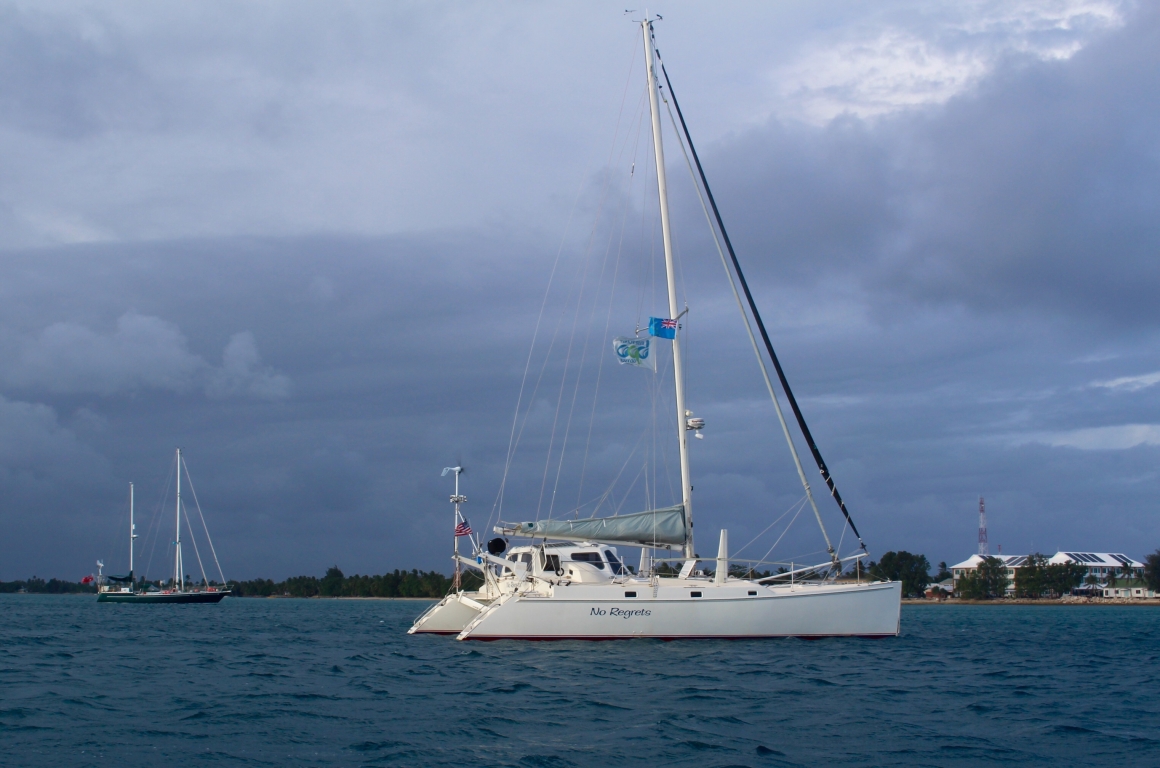Tuvalu Travel Profile

Tuvalu is a group of low-lying islands and atolls in the South Pacific that form the fourth smallest country in the world.
Understand
It is generally believed that the earlier ancestors came mostly from Samoa, possibly by way of Tokelau, while others came from Tonga and Uvea (Wallis Island). These settlers were all Polynesians with the exception of Nui where many people are descendants of Micronesians from Kiribati.There are three distinct linguistic areas in Tuvalu. The first area contains the islands of Nanumea, Niutao and Nanumaga. The second is the island of Nui where the inhabitants speak a language that is fundamentally derived from I-Kiribati. The third linguistic group comprises the islands of Vaitupu, Nukufetau, Funafuti and Nukulaelae. Today, Tuvaluan and English are both spoken throughout the islands. The first European Explorer to make contact with Tuvalu was Alvaro de Mendana y Neyra, a Spanish explorer. He sailed westward across the Pacific in 1567-8 to discover, explore and name a substantial part of the eastern half of the Solomon Islands. On January 16, 1568 Mendana, with his ship Capitana, sighted his first island, which turned out to be Nui, and named it the Isle of Jesus.
The islands became part of the British colony of the Gilbert and Ellice Islands. However, ethnic differences within the colony caused the Polynesians of the Ellice Islands to vote for separation from the Micronesians of the Gilbert Islands. The Ellice Islands became the separate British colony of Tuvalu and independence was granted in 1978.
In 2000, Tuvalu negotiated a contract leasing its Internet domain name ".tv" for $50 million in royalties over the next dozen years.
Climate
The climate is tropical. Easterly trade winds moderate the weather from March to November, while westerly gales bring heavy rain from November to March. Natural phenomena do not occur frequently here, but low level of islands makes them sensitive to changes in sea level. Three cyclones were recorded in 1997.
Islands
Funafuti - the atoll with half the country's population and the capital, Fongafale
Nanumanga
Nanumea
Niulakita
Niutao
Nui
Nukufetau
Nukulaelae
Vaitupu
Talk
English is the language of government and of most business on Funafuti, but Tuvaluan predominates on the outer islands. Samoan and Kiribati, although not the official languages, are spoken as well.
See
Tuvalu is not a destination for those in search of spectacular sightseeing opportunities. The island nation is not only small, it also lacks any city-like destination or architectural heritage. There are no hills or mountain ranges, no rivers or gorges. And yet, it is a delightful Pacific destination, where your time is well spent in the shade of a palm trees on one of the pretty beaches. Traditional local culture remains very much alive, making the people of Tuvalu one of the nation's best assets. Traditional dancing is performed on special occasions, and the local "maneapa" (the town hall) is your best chances of experiencing one.
The Funafuti Conservation Area on the western side of the Funafuti atoll has some of the best natural sights, and includes reefs, the gorgeous lagoon, channel, parts of the ocean and islands habitats. Its diversity in marine life makes it an excellent place for scuba diving or snorkelling.
The massive stationing of US troops in the Second World War left the island nation with a number of war time remains, including airstrips, bunkers and plane wrecks along the main island of Fongafale and near the village of Nanumea. The tiny island of Motulalo in Nukufetau has an airstrip too, as well as some plane wrecks. If you have any interest in postal stamps, the Philatelic Bureau on Funafuti is a must-see. The Tuvalu Women's Handicraft Centre at the airport is a good place to see and buy local crafts. If you have time however, try catching a boat to one of the outer islands and admire the local people's skills in making ornaments, fans, mats, baskets or woodcarvings there.
Do
The national game is te ano (the ball). Two teams line up facing each other hitting a ball. The objective is to keep the ball in the air as long as possible. This is similar to volleyball.